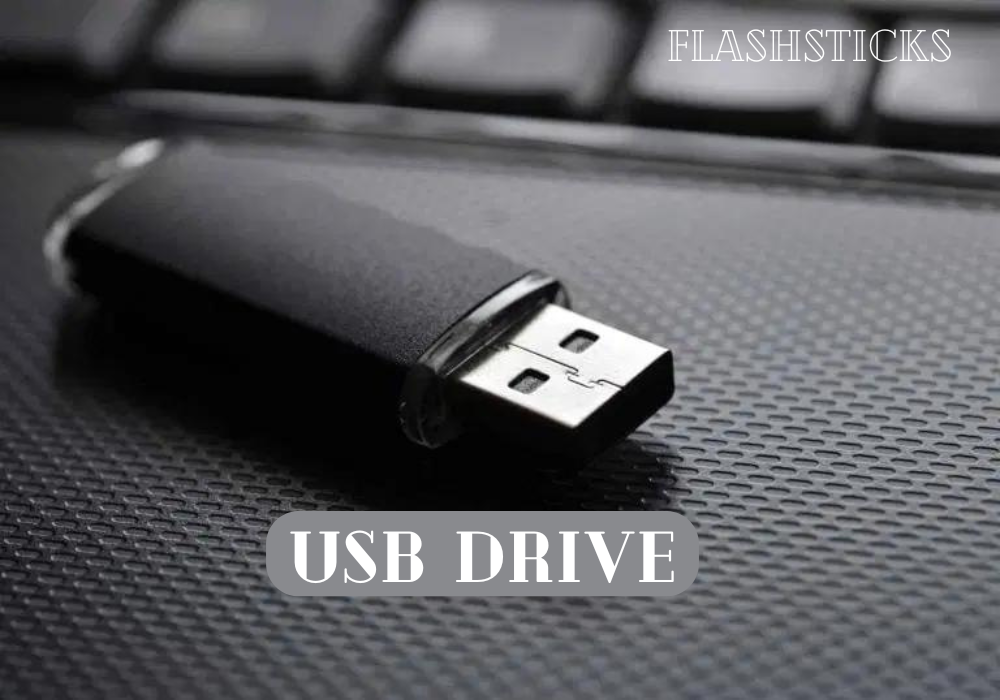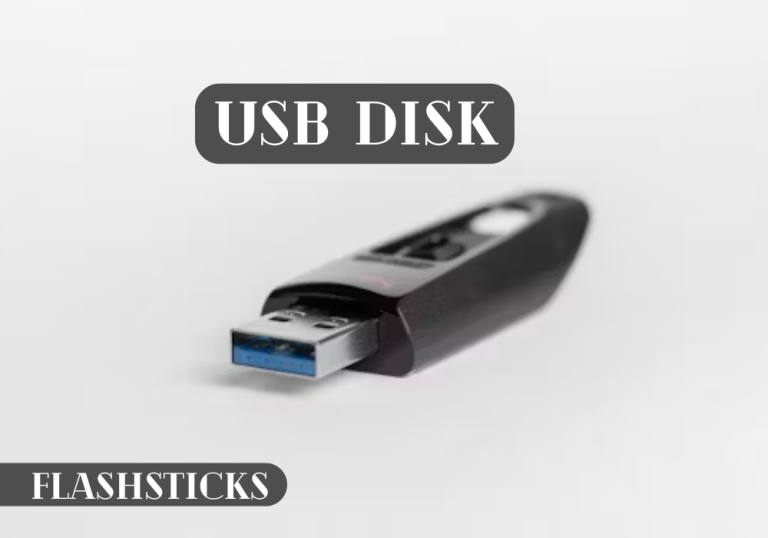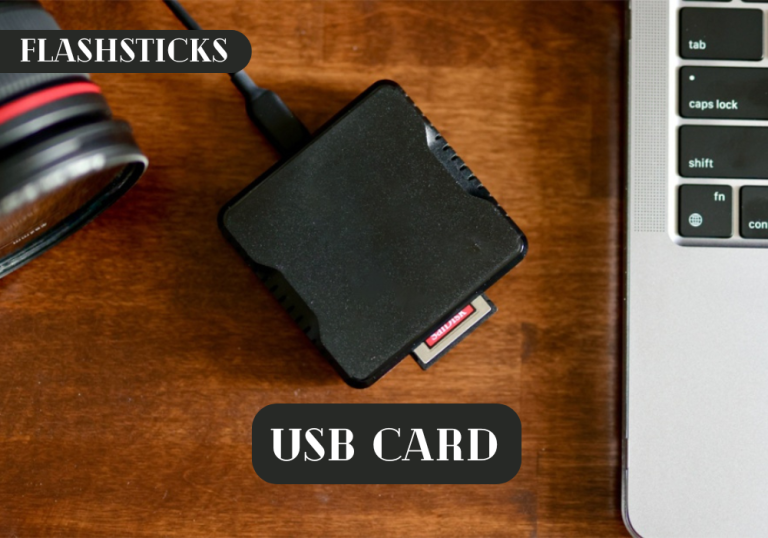Is a flash drive the same as a USB drive?
In today’s digital age, storage solutions are essential for managing and transporting data. Two common terms you’ll often hear are “flash drive” and “USB drive.” But is there a difference between them? Let’s dive into this topic to uncover the distinctions and similarities, and help you make an informed decision.
Understanding Flash Drives and USB Drives
Before we delve into the specifics, it’s important to define what we mean by ”flash drive” and “USB drive.” While these terms are frequently used interchangeably, they have distinct meanings.
What is a Flash Drive?
A flash drive is a small, portable storage device that uses flash memory to store data. Flash memory is a type of non-volatile memory that retains information even when the drive is powered off. Flash drives come in various forms, including USB flash drives, SD cards, and compact flash cards.
What is a USB Drive?
A USB drive, also known as a USB flash drive or thumb drive, is a specific type of flash drive that interfaces with devices via a USB port. The “USB” in USB drive stands for Universal Serial Bus, a standard interface used for connecting peripherals to computers. USB drives are a subset of flash drives.
Key Differences Between Flash Drives and USB Drives
| Aspect | Flash Drive | USB Drive |
|---|---|---|
| Definition | A storage device using flash memory. | A type of flash drive that connects via USB. |
| Forms | Includes USB drives, SD cards, etc. | Primarily USB flash drives. |
| Interface | Varies (USB, SD, microSD, etc.) | USB port only. |
The Biggest Benefits of USB Flash Drives
USB flash drives have become ubiquitous due to their many benefits. Here are some key advantages:
- Portability: Small and lightweight, easy to carry around.
- Ease of Use: Plug-and-play functionality with most operating systems.
- Durability: Resistant to scratches and physical impact.
- Versatility: Compatible with laptops, desktops, game consoles, and other devices.
Practical Tips for Using USB Flash Drives
To maximize the utility and lifespan of your USB flash drive, consider these practical tips:
Proper Usage
- Always eject the USB drive safely to prevent data corruption.
- Avoid exposing the drive to extreme temperatures or moisture.
- Regularly back up important data from your USB drive to avoid data loss.
Data Security
- Use encryption software to protect sensitive information.
- Keep the drive clean and free from malware by scanning it regularly.
- Label your USB drives to easily identify their contents.
Summary
while ”flash drive” is a broad term encompassing various forms of flash memory storage, a “USB drive” specifically refers to flash drives that connect via USB ports. Understanding this distinction can help you choose the right storage device based on your needs.
Conclusion
Understanding the difference between a flash drive and a USB drive is crucial for selecting the right storage solution. While all USB drives are flash drives, not all flash drives are USB drives. By knowing these distinctions, you can make more informed decisions about your data storage needs.







